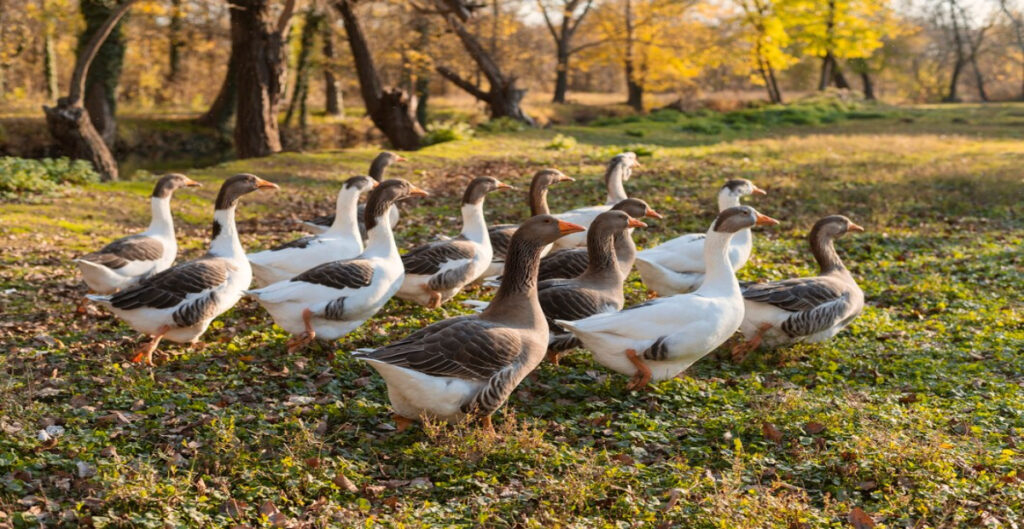
Greylag geese, scientifically known as Anser anser, are a remarkable species of waterfowl that have graced our skies and wetlands for centuries. These large, robust birds are not only fascinating to watch, but also have an impressive lifespan, especially compared to their counterparts. In this comprehensive article, we’ll delve into the fascinating world of greylag geese, exploring their remarkable longevity and the factors that contribute to their extended lives.
Introduction to gray geese
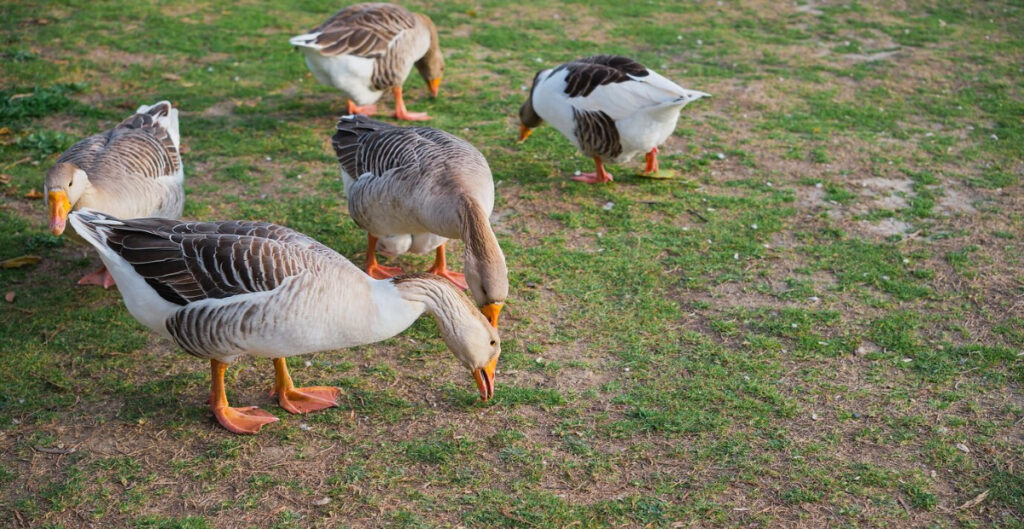
Greylag geese are a species of true geese in the family Anatidae, which includes swans, ducks and geese. These birds are widespread throughout Europe, Asia and North Africa, and are known for their distinctive gray plumage, orange bills and pink feet.
The greylag goose is considered the ancestor of most domesticated goose breeds and has played an important role in human history, serving as a source of food, feathers, and even folklore. Despite their close relationship with humans, greylag geese remain a resilient and adaptable species in the wild.
Average lifespan of greylag geese

One of the most remarkable aspects of greylag geese is their potential for longevity. In the wild, these birds can live for an impressive 10 to 20 years, with some individuals even reaching the age of 30 or more under optimal conditions.
In captivity, greylag geese are known to live even longer, with some reports indicating lifespans in excess of 40 years. This extended lifespan is a testament to the species’ resilience and ability to thrive in a variety of environments.
Factors contributing to longevity
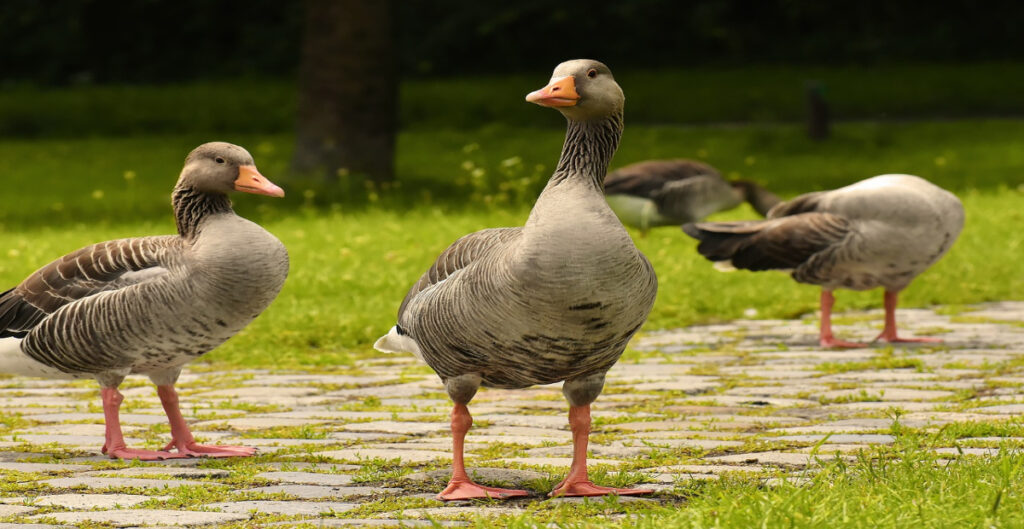
Διάφοροι παράγοντες συμβάλλουν στην αξιοσημείωτη μακροζωία των γκριζόχηνων, including their physiology, behavior and environmental adaptations.
Strong physical characteristics Greylag geese are large and robust birds, with a weight range of 2.5 to 4.5 kg (5.5 to 10 lb) for adults. Their size and strength play a key role in their survival, enabling them to withstand harsh weather conditions, defend themselves from predators and undertake long migrations.
Migratory Behavior Greylag geese are known for their spectacular migratory patterns, which can span thousands of kilometers across Europe and Asia. This migratory behavior allows them to escape harsh winter conditions and access abundant food sources, reducing stress and increasing their chances of survival.
Social structure and pair bonding Greylag geese form strong pair bonds that can last for many years and often mate for life. This social structure provides them with a support system, enhancing their ability to defend their territory, raise offspring, and navigate challenges together.
Adaptability and habitat diversity Greylag geese are highly adaptable and can thrive in a wide range of habitats, including wetlands, grasslands and even urban areas. This adaptability allows them to exploit various food sources and find suitable nesting sites, reducing competition and stress.
Threats and Conservation Efforts
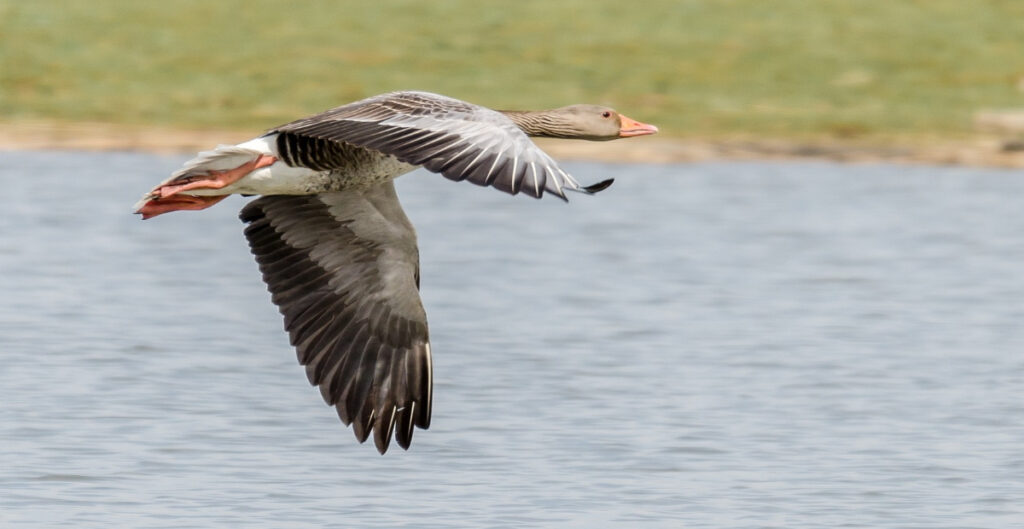
Despite their impressive longevity, greylag geese face many threats that can affect their populations and lifespans:
Habitat Loss and Degradation Loss and degradation of wetland habitat due to human activities, such as urbanization, agriculture and pollution, can significantly affect the survival and breeding success of greylag geese.
Hunting and poaching In some areas, greylag geese are still hunted for sport or food, which can disrupt their social structure and reduce their overall population.
Climate Change The effects of climate change, including rising temperatures, changing precipitation patterns and rising sea levels, can alter the distribution and availability of suitable habitat for greylag geese, potentially affecting their survival and reproduction.
To address these threats, various conservation efforts are underway, including habitat protection and restoration, sustainable hunting practices, and environmental education programs.
Aging and longevity in graysες χήνες
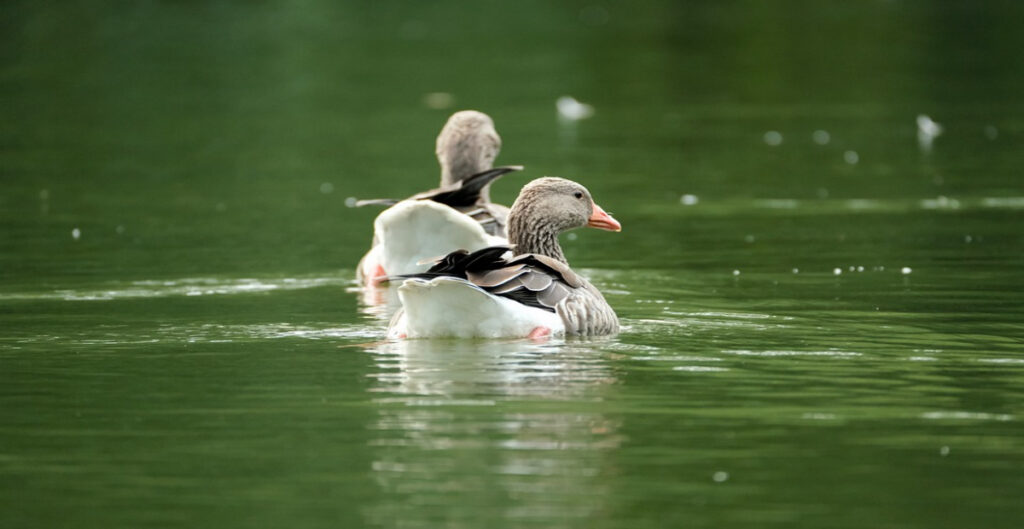
As greylag geese age, several physiological and behavioral changes occur that contribute to their remarkable longevity:
Metabolic adaptations Greylag geese have evolved metabolic adaptations that allow them to efficiently process and store energy, ensuring they have the resources to withstand harsh conditions and migrations.
Immune System Resilience These birds have a strong immune system that helps them fight disease and environmental stressors, contributing to their overall health and longevity.
Parental Care and Offspring Survival Greylag geese are devoted parents, investing considerable time and energy in raising their offspring. This parental care increases the chances of survival for their young, ensuring the continuation of their genetic line.
Reproductive Longevity Greylag geese can continue to breed successfully into their later years, with some individuals producing offspring well into their 20s.
conclusion
The greylag goose is a remarkable species that exemplifies the wonders of nature’s adaptations for longevity. With their robust physical characteristics, migratory behavior, social structure and environmental adaptability, these birds have evolved to thrive and endure in a variety of habitats. However, threats such as habitat loss, hunting and climate change pose significant challenges to their survival. Through continued conservation efforts and responsible human actions, we can help ensure that these majestic birds will continue to grace our skies and wetlands for generations to come.
FAQs
What is the average lifespan of a greylag goose?
In the wild, greylag geese typically have an average lifespan of 10 to 20 years, with some individuals even reaching the age of 30 or more under optimal conditions. However, in captivity, gray geese are known to live even longer, with lifespans reported to exceed 40 years.
What factors contribute to the longevity of greylag geese?
The remarkably long lifespan of greylag geese is attributed to a number of factors, including their robust physical attributes, migratory habits, social structure, pair bonding, tolerance to a variety of habitats, and evolutionary adaptations like powerful immune systems and efficient metabolism.
Do greylag geese continue breeding throughout their lifespan?
Yes, even in their later years, greylag geese can effectively continue to breed. Some individuals have been found to reproduce up to the age of 20, indicating their extraordinary lifespan as parents. How does habitat loss and degradation affect the lifespan of greylag geese?
Greylag geese survival and breeding success can be severely impacted by habitat loss and degradation brought on by human activities such as urbanization, agriculture, and pollution. Their lifetime and population as a whole may be negatively impacted by the loss of suitable wetland habitats, which can also cause increased competition, stress, and restricted access to food supplies.
What conservation efforts are in place to protect greylag geese populations?
Numerous conservation initiatives, including as habitat protection and restoration projects, sustainable hunting methods, and environmental education initiatives, are being implemented in response to problems facing greylag geese populations. These initiatives seek to protect appropriate habitats, control shooting, and increase public understanding of the value of safeguarding these amazing birds and their environments.
For more: Bird Health Awareness Week – February 18-24
Birdsong is more than a pleasant chirping – the sound boosts mental well-being, scientists say
